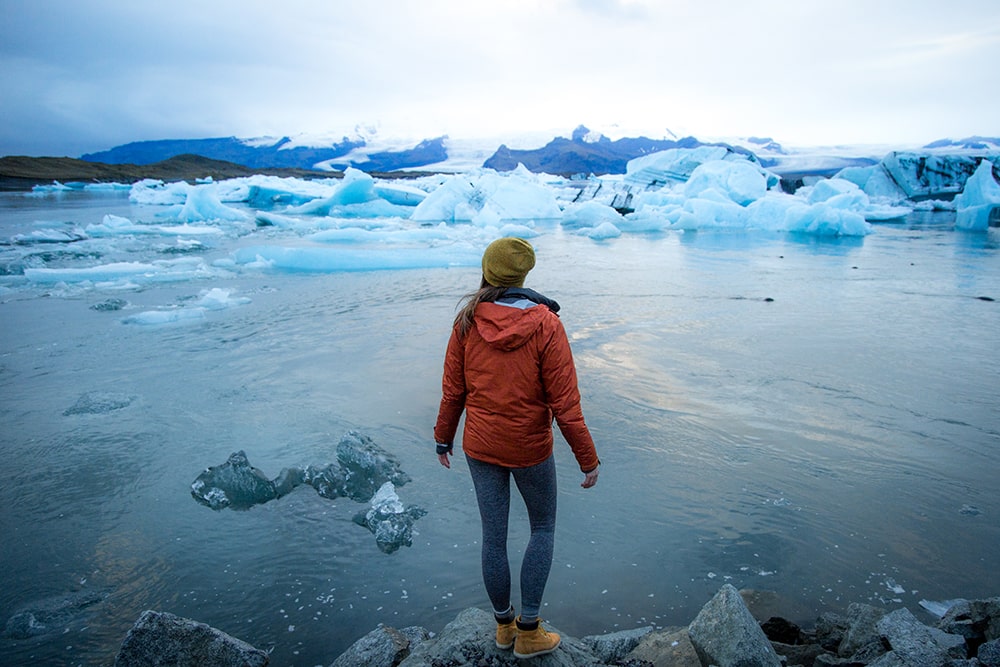
Iceland, with its otherworldly landscapes, stunning glaciers, and geothermal wonders, is a dream destination for many travelers. However, the ever-changing weather conditions and diverse activities available in this Nordic island can make packing for the trip a bit challenging. To ensure you’re prepared for the elements and activities, here’s a comprehensive guide on what to wear in Iceland, categorized by seasons.
Winter (November – March)
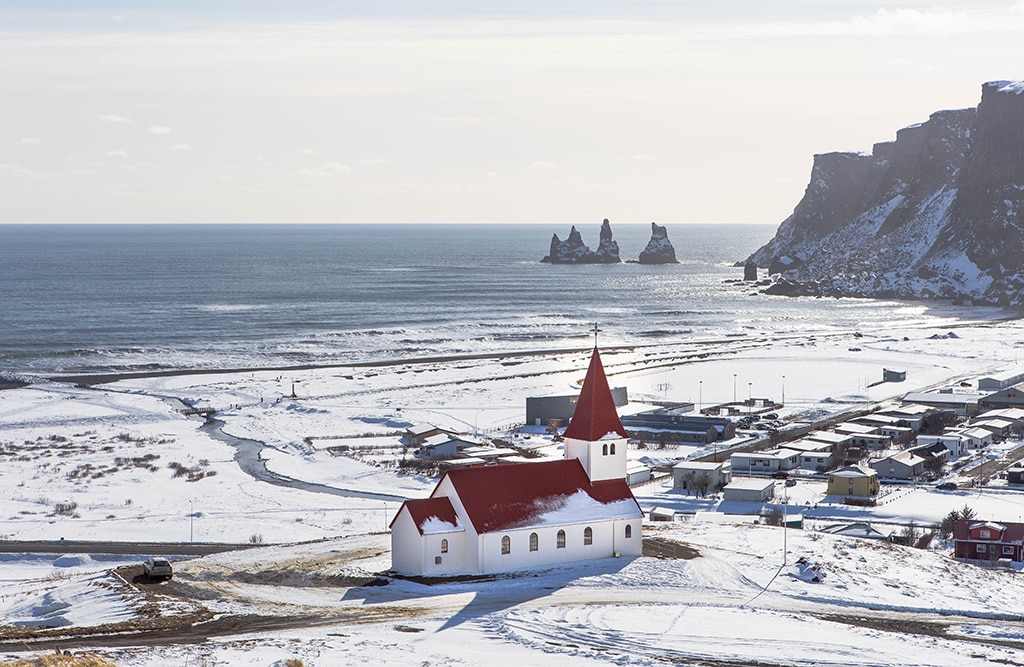
Winter in Iceland is a breathtaking yet cold experience. Temperatures often hover around freezing, and snow and ice are common. The days are short, and the nights are long. The Arctic chill demands a blend of warmth, comfort, and practicality in your winter wardrobe. In this guide, we’ll help you navigate the frosty wonders of Iceland, ensuring you stay cozy and stylish during your winter escapade.
Must have clothing
Insulated Jackets & Coats: Choose a heavy-duty, insulated, and waterproof jacket. Look for materials like Gore-Tex or down insulation for warmth without bulk. Parkas or puffer jackets are excellent options.
Thermal Layers: Layer up with thermal clothing, including thermal tops, leggings, and socks.
Fleece-lined Pants: Insulated, waterproof pants, preferably with fleece lining, will keep you warm and dry, especially during snow-related activities.
Hiking Boots: Opt for snow boots with excellent insulation and traction. Ensure they are waterproof and offer ankle support to navigate icy and snowy terrain comfortably. Hats, Gloves, & Scarves: Keep extremities warm with thermal hats, gloves, and scarves.
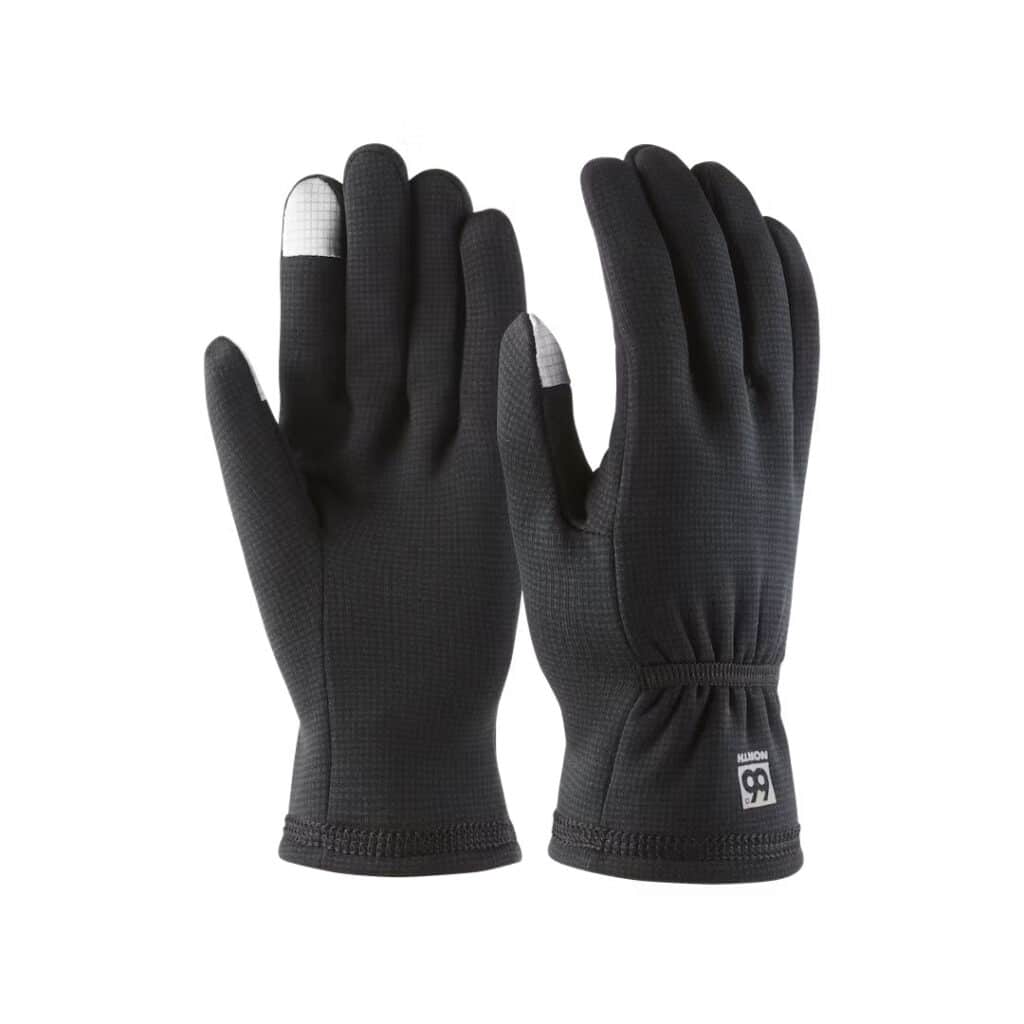
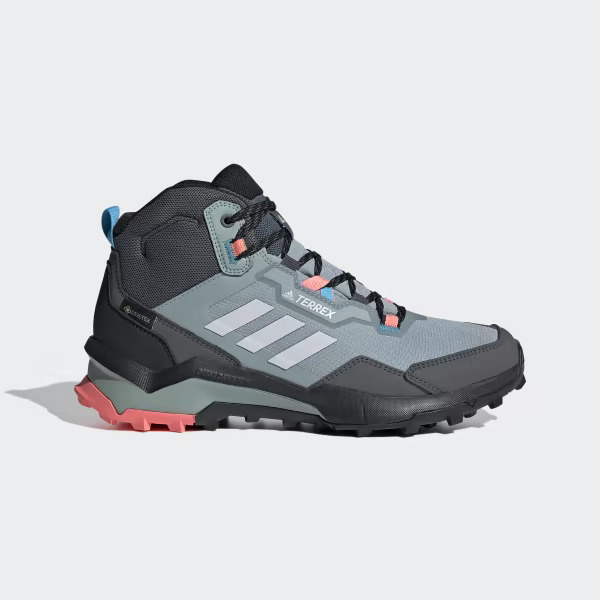
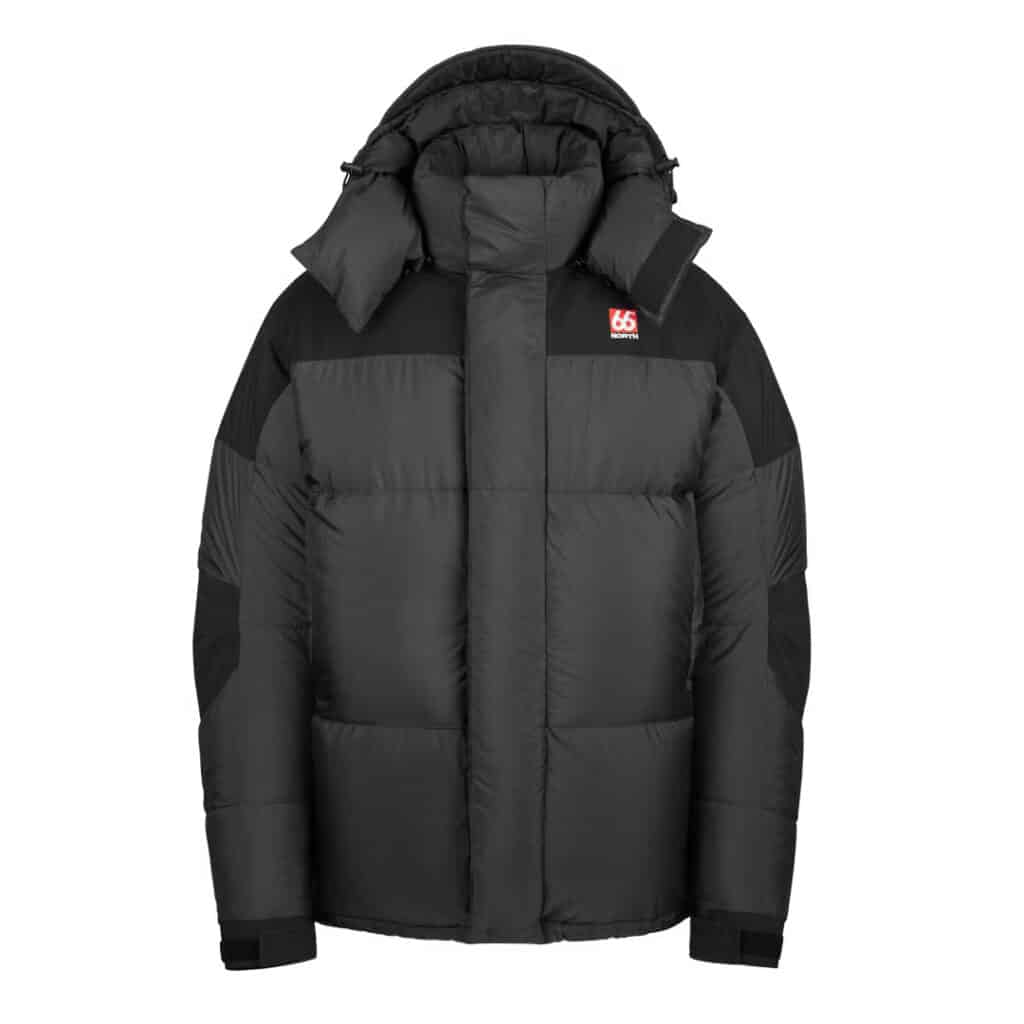
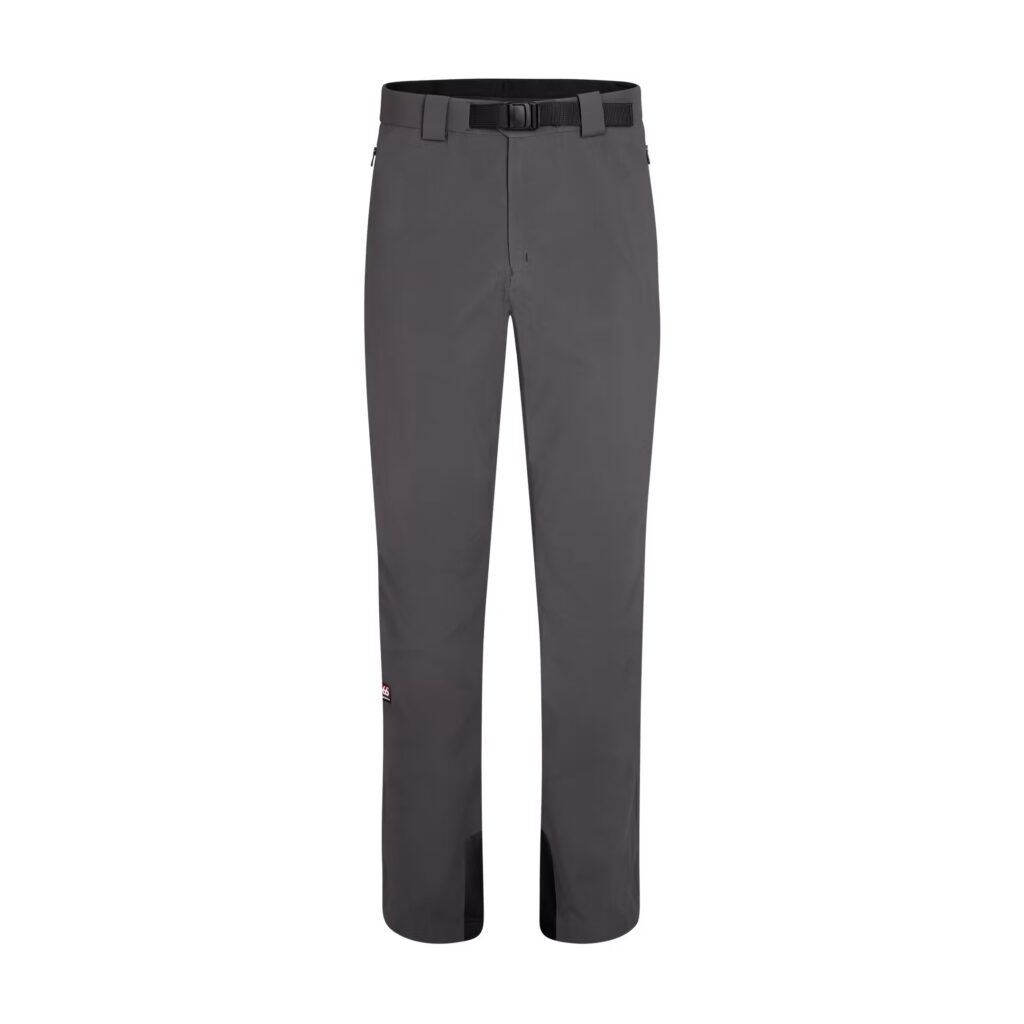
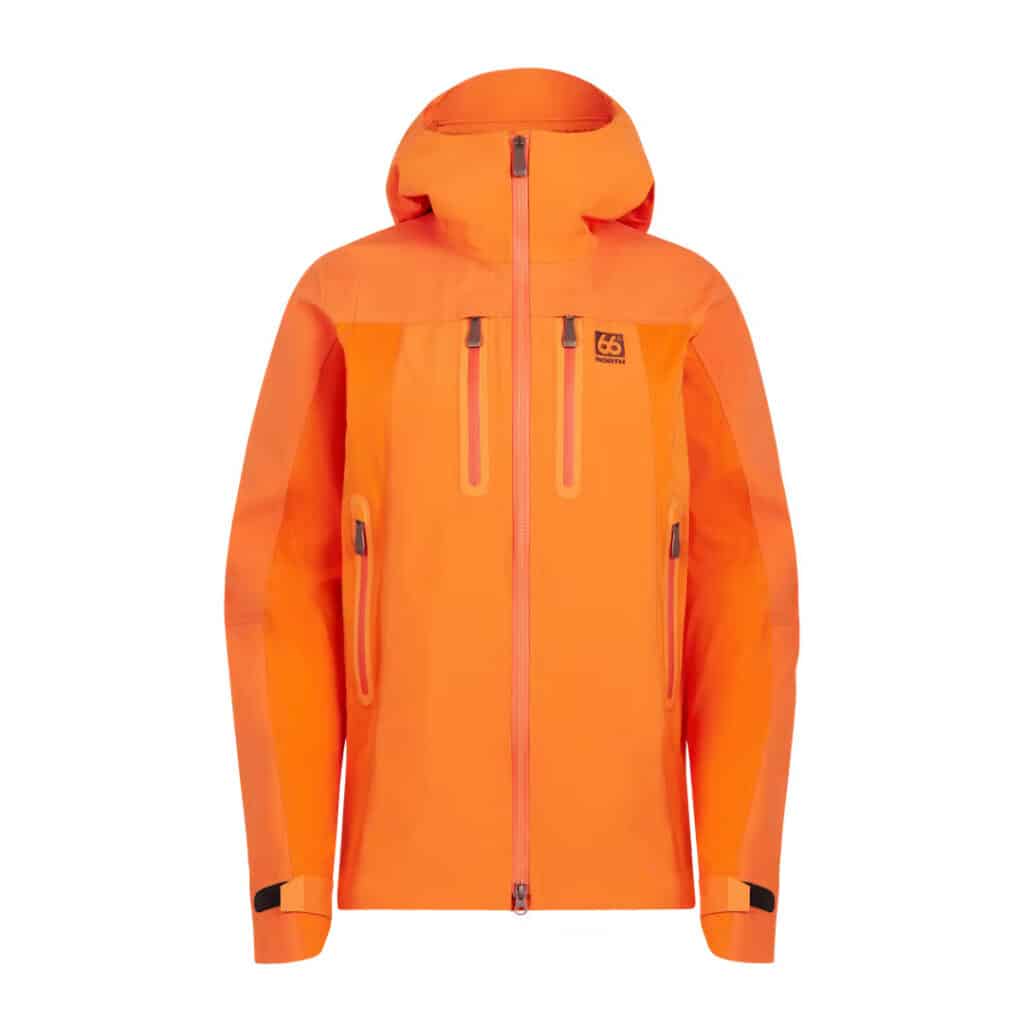
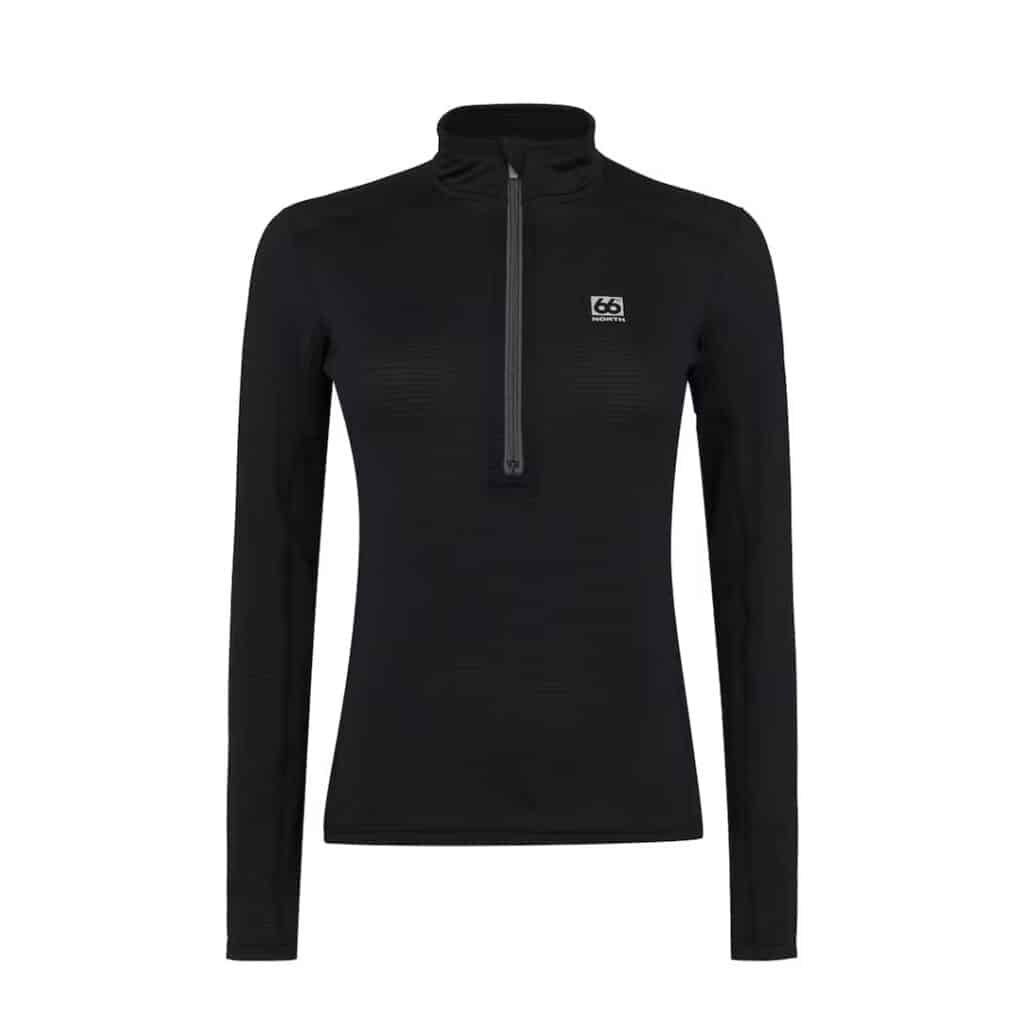
Ice Spikes: The necessity of ice shoe spikes is subjective, varying from person to person. Nevertheless, we strongly advise considering them for enhanced traction on exceedingly slippery icy surfaces. In the winter, it’s commonplace to encounter icy sidewalks in the city center, and regrettably, numerous accidents occur during these frosty days.

Spring (April – May):
In Iceland, the fall season is brief but enchanting. As August draws to a close, the landscape undergoes a stunning transformation, with trees taking on warm hues of orange and brown. By the end of September, the nation prepares itself for the impending winter.
During this time, temperatures tend to be cool, often falling below 9°C (50°F). The winds also intensify, creating a chill that might catch you off guard. The key to staying comfortable is layering. Start with a moisture-wicking base layer to keep sweat at bay, add an insulating mid-layer for warmth, and top it off with a waterproof and windproof outer layer to shield against the elements.
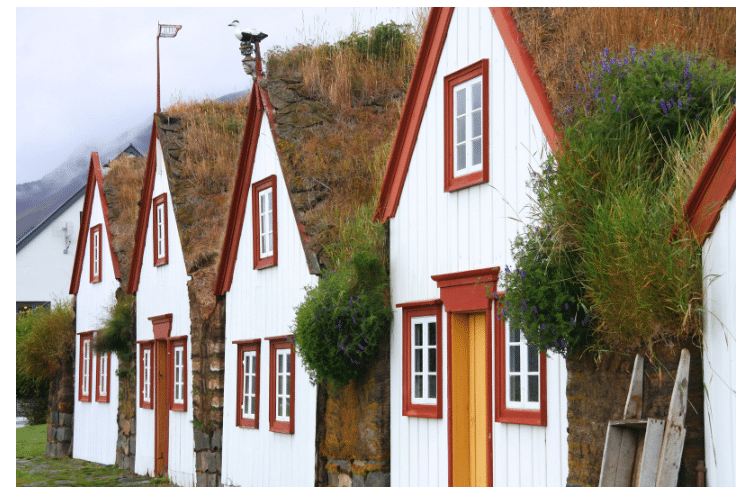
Must-Have Clothing:
Waterproof Jacket: A high-quality waterproof jacket is your best friend in Iceland’s spring. Look for a breathable option to stay comfortable during physical activities while keeping dry in unexpected rain showers.
Insulating Layers: Pack a mix of thermal shirts, fleece jackets, and sweaters to adjust to varying temperatures. These layers will keep you warm during chilly moments and can be easily removed when the sun decides to make an appearance.
Comfortable Pants: Opt for comfortable, quick-drying pants, such as hiking trousers, to navigate Iceland’s diverse terrain. These will keep you warm and dry while allowing for ease of movement.
Waterproof Footwear: Sturdy waterproof boots are a must-have, especially when traversing the wet and sometimes muddy landscapes of Iceland. Ensure they provide good ankle support for added stability.



Summer (June-August):
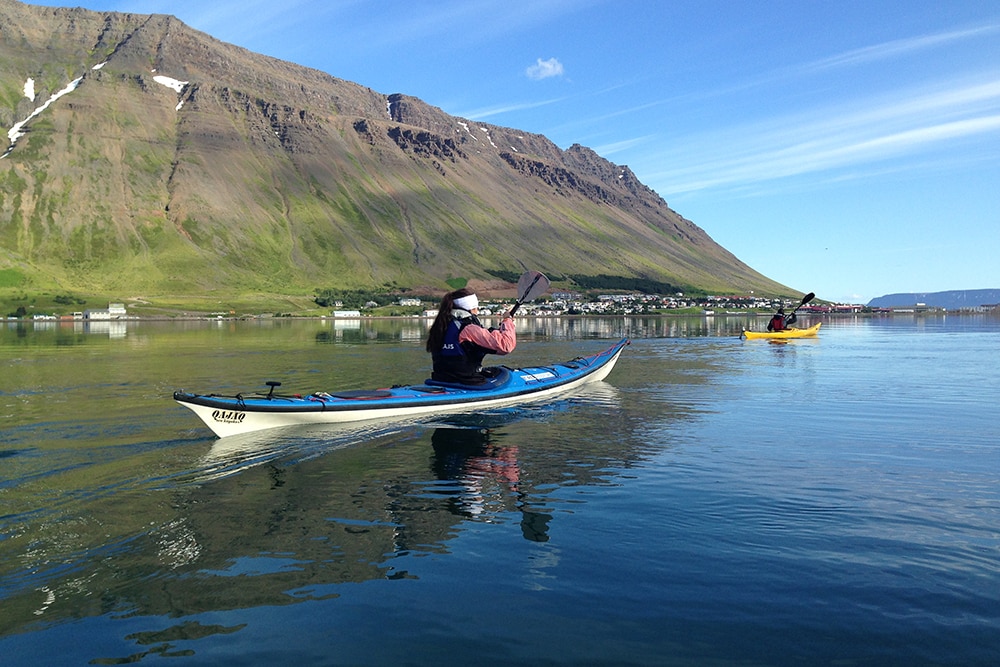
As the land of fire and ice welcomes the warmth of summer, Iceland transforms into a breathtaking canvas of lush landscapes, endless daylight, and vibrant colors. Packing for an Icelandic summer adventure requires a thoughtful blend of comfort, versatility, and weather readiness.
Must have clothing
Lightweight Tops: Embrace the sunshine with lightweight tops and T-shirts. Opt for breathable fabrics like cotton or linen to stay cool while exploring Iceland’s stunning natural wonders.
Convertible Pants: Choose versatile pants that can be converted into shorts for greater flexibility. This way, you can easily adapt to changing temperatures or unexpected opportunities to dip into a natural hot spring.
Layered Clothing: T-shirts, long-sleeve shirts, and a light sweater for versatility.
Sturdy Hiking Shoes: Comfortable, waterproof footwear for hiking and walking.
Hat & Sunglasses: Shield yourself from the extended daylight.
Waterproof & Windbreaker Jacket: A sudden rain shower can surprise you, and having a reliable outer layer ensures you stay dry and comfortable. Icelandic summers are also known for their brisk winds. A lightweight windbreaker will provide an extra barrier against the chill without overheating.
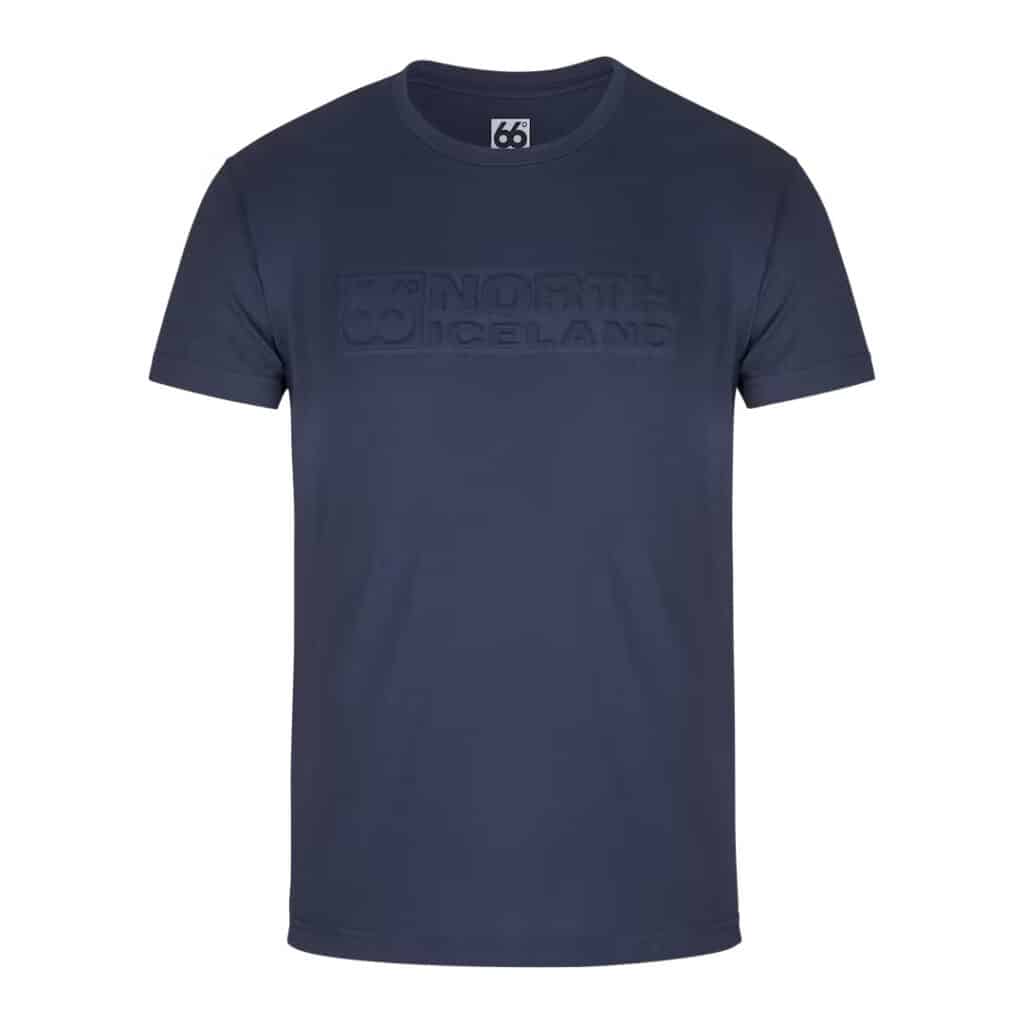



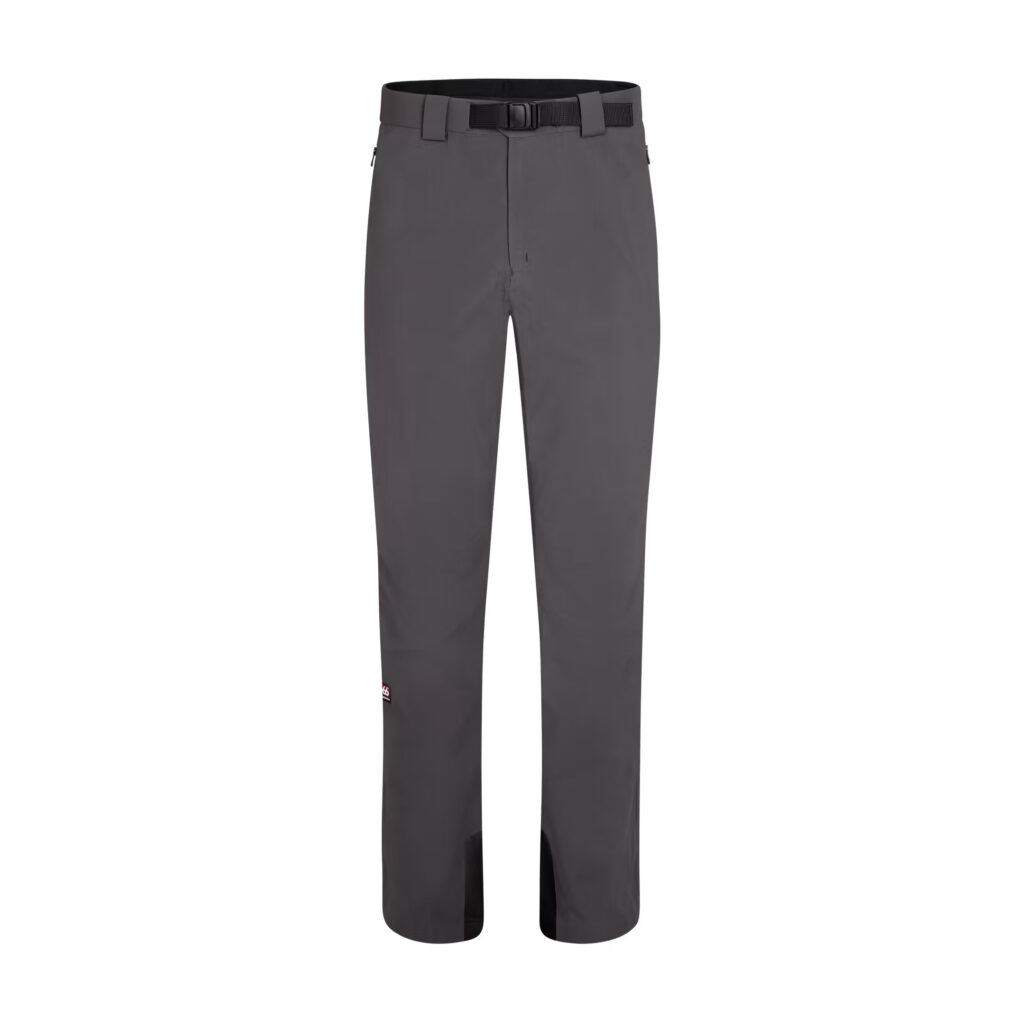
Remember, Iceland’s weather can change rapidly, and being prepared for various conditions enhances your overall experience. Stay informed about local weather forecasts, and consider packing a small umbrella or poncho for additional rain protection.
No matter the activity, the key is to strike a balance between comfort and functionality. With the right clothing, you’ll be well-prepared to enjoy the diverse landscapes and activities that Iceland has to offer.
Safe travels and enjoy your Icelandic adventure!







